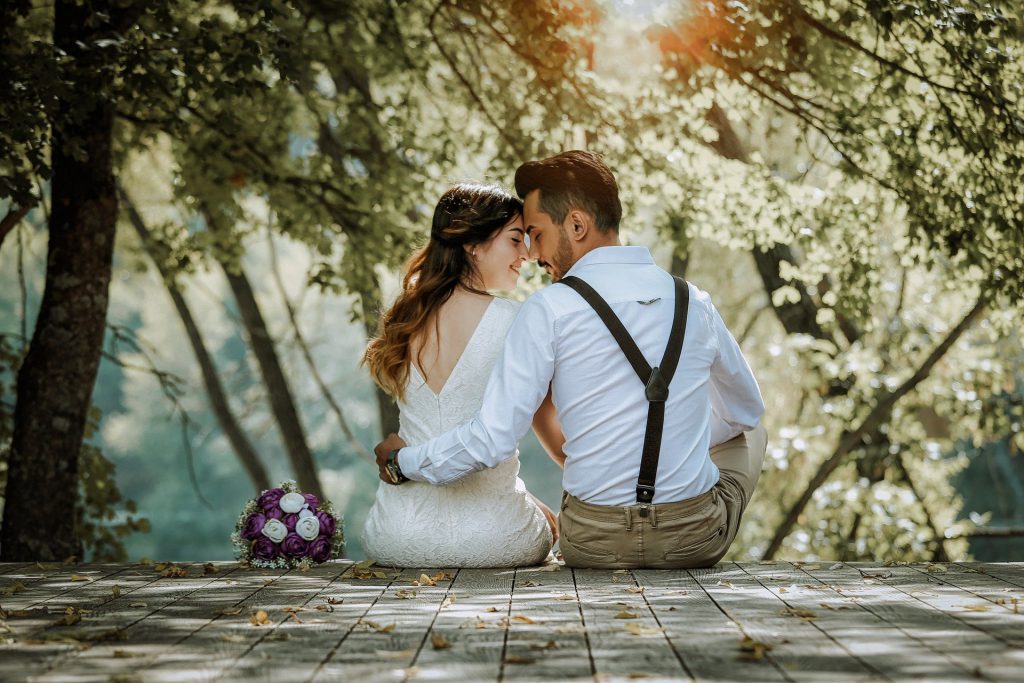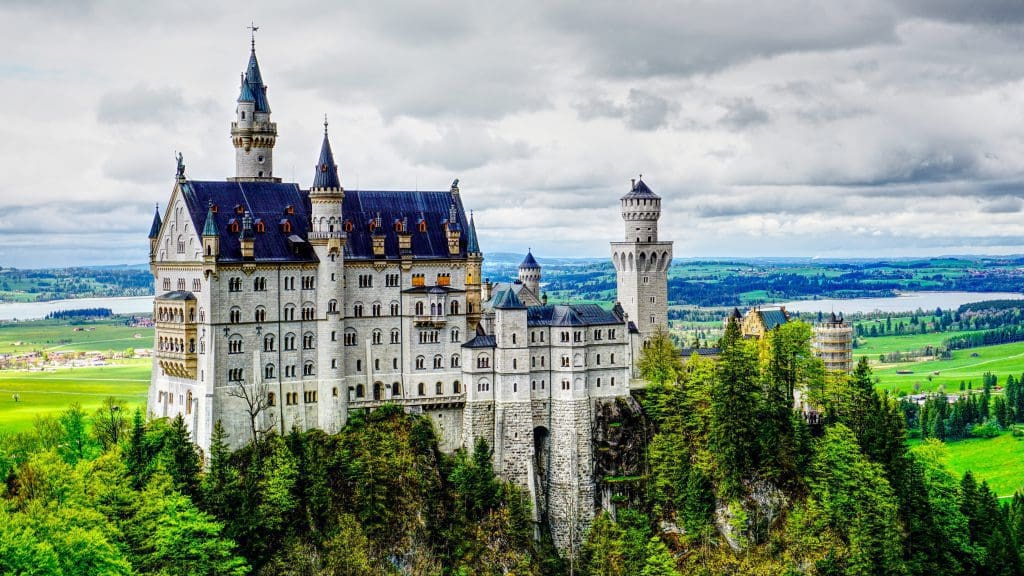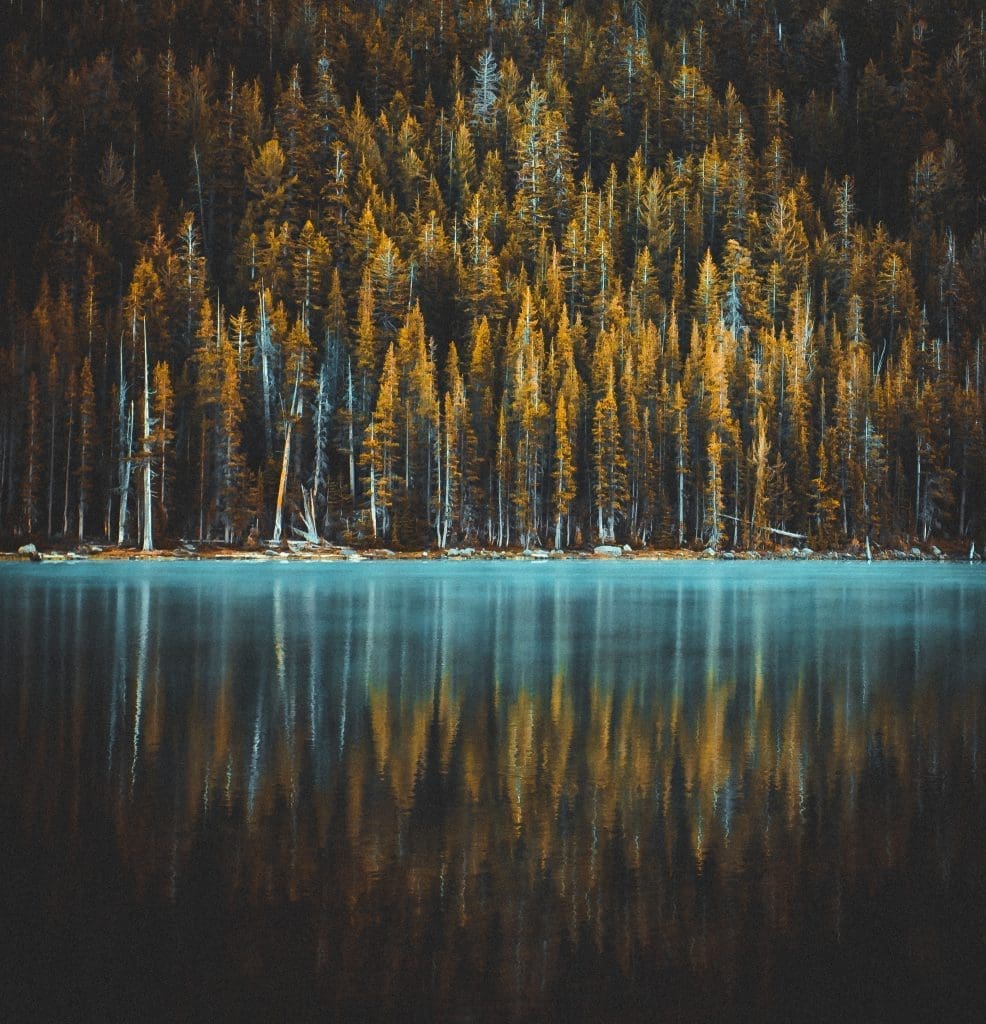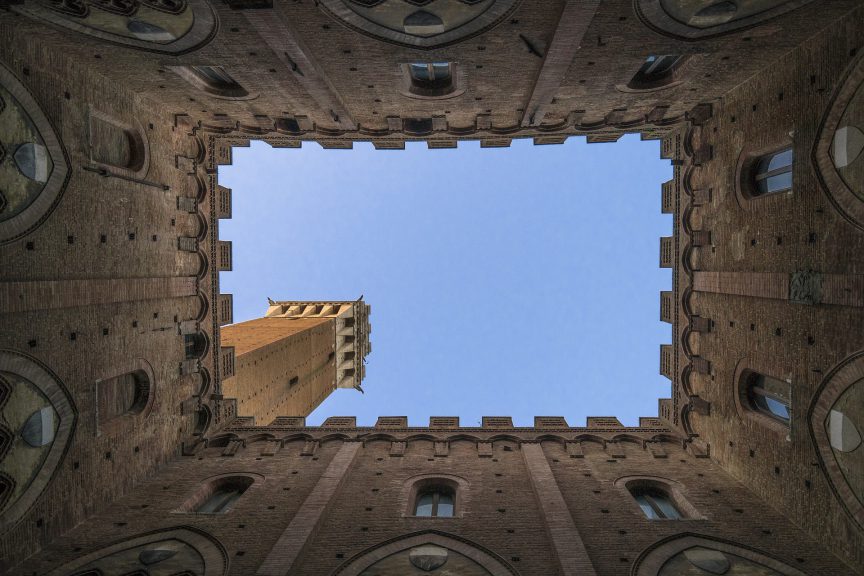The aspect ratio is a concept used in film and photography and refers to the ratio between the width and height of the frame. For a landscape format photograph, the most common aspect ratios are 4:3, 16:9, 3:2, 5:4, and 1:1. Continue ready to learn how to choose the aspect ratio of your photographs.
Film cameras provide only one aspect ratio so you don’t get to choose too much. But modern cameras and even some smartphone cameras give you at least three or four options alongside the native aspect ratio, which is the aspect ratio of the camera’s sensor (usually 3:2 or 4:3). Furthermore, photo editors allow you to crop and rescale photos, therefore, changing the aspect ratio however you like.
You are given the possibility to choose the aspect ratio before or after taking the photo. But which aspect ratio is better for your photographic style?
If you’re not sure, use the native aspect ratio
When you don’t know exactly how you want to frame the scene or where you want to publish the photo, go with the native aspect ratio of your camera. The native aspect ratio allows you to keep a larger area of the frame and gives you space for post-processing. Other aspect ratios provided by modern cameras crop the frame and make it harder (or even impossible) to change the aspect ratio later without losing pixels or resolution.

Image by olcay ertem from Pixabay
If you don’t have enough space on your SD card, maximize the aspect ratio
Choosing a different aspect ratio than the native one translates into smaller file sizes. This means you’ll be able to take more photos. If you know exactly where you’ll publish your photos (e.g. Instagram prefers the 1:1 aspect ratio) or how you want to frame your subject, change the aspect ratio in the camera before taking the photo.

Match the aspect ratio with your style
Don’t rely on post-processing. Some photographers prefer film cameras because they love the excitement and determination of getting the perfect picture on the camera. They don’t just point and shoot or use the burst mode. Each photograph is carefully framed as if it’s the only one they have the chance to take. Treating each picture as a unique work of art allows you to focus and be creative. And this means working with a single aspect ratio.
- Choose 1:1, the Polaroid format, for street snapshots and fun portraits. Capture a well-chosen slice of reality and transform it into a meaningful visual message. This is the format for statements.
- Choose 16:9 for a long horizontal subject (or 9:16 for a long vertical subject). The aspect ratio will complement the subject and will enhance its features. It looks great with architectural photos, landscapes, and cityscapes.
- Choose 4:3 and 3:2 for more complex compositions in which you need to frame both subject and background. These aspect ratios are usually used for portraits, wedding photos, family photos, press photography, and macro photography.

Photo by Casey Horner on Unsplash
It’s easy to go with the flow and use the default option. But experimenting with different aspect ratios gives you more control over your composition. Photography isn’t about having the latest technology and fixing everything in post-processing. You should know exactly what message you want to convey and how each element of the frame can help you deliver the message. The aspect ratio is one of them.


Comments
Pingback: Resize a Photograph using a Mobile Device. - Take Better Shots